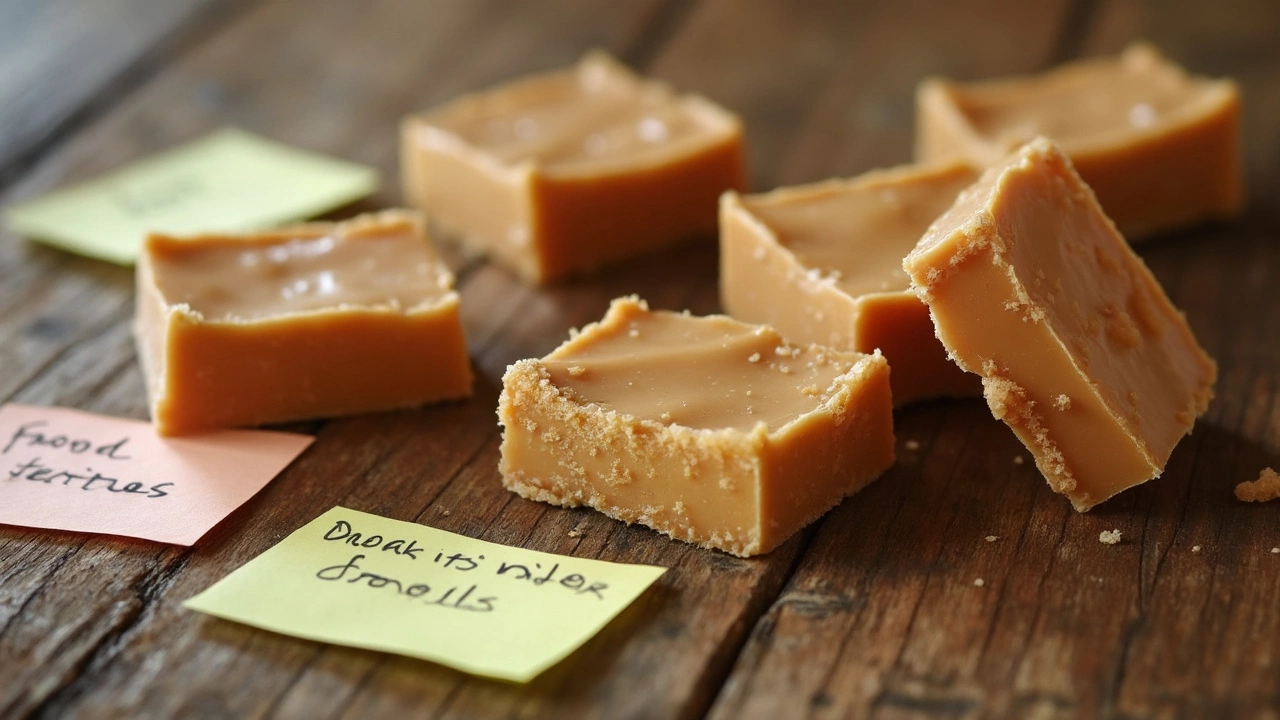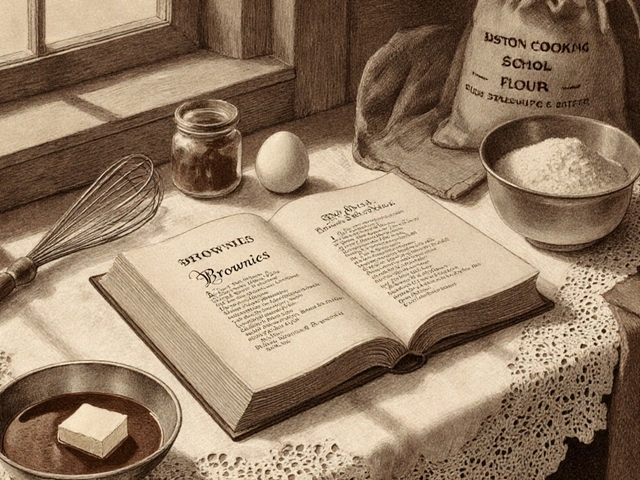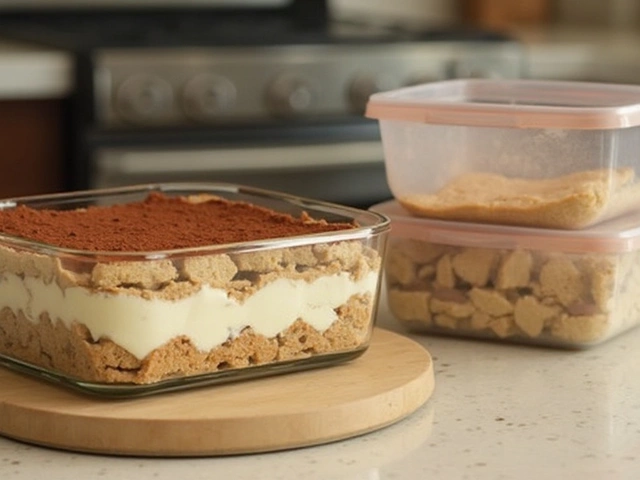Bad Fudge Fixes: Why Fudge Goes Wrong & How to Save It
If you’ve ever taken a bite of hard, grainy, or crumbly fudge, you know the disappointment. The good news is that most fudge failures are caused by a handful of easy‑to‑spot mistakes. Below you’ll find the most common reasons fudge goes bad and practical ways to turn a flop into a silky treat.
Common Reasons Fudge Goes Bad
First up, temperature. Fudge needs to hit the soft‑ball stage, usually between 235°F and 240°F (112°C‑115°C). Too low and you’ll end up with a runny mess; too high and the sugar crystals set too fast, leaving a hard, grainy texture. Using a candy thermometer is worth the extra effort.
Second, stirring technique matters. After you pull the pan off the heat, you must let the mixture cool to about 110°F (43°C) before you start beating. Stirring too early keeps the sugar from forming the tiny crystals that give fudge its smooth feel.
Altogether, altitude, humidity, and even the type of sugar you choose can play a role. At higher elevations water boils at a lower temperature, so you may need to add a little extra liquid or adjust the cooking time. And if you use powdered sugar instead of granulated, the texture can turn grainy because the cornstarch interferes with crystal formation.
Simple Fixes to Rescue Your Fudge
Got a batch that’s already too hard? Don’t toss it. Place the fudge in a microwave‑safe bowl, add a tablespoon of milk or heavy cream, and heat in 10‑second bursts, stirring between each. The added moisture helps dissolve stubborn crystals and brings back that creamy bite.
If your fudge is grainy, try re‑melting it gently over low heat, then strain it through a fine mesh sieve. After straining, let it cool to the right temperature before beating again. This removes the big crystals that are causing the gritty feel.
For undercooked fudge that’s still too soft, return it to the stove and bring it back up to the soft‑ball range. Keep a close eye on the thermometer and avoid letting it boil past the target range.
Remember to use a sturdy, heavy‑bottomed pan. Thin pans cause hot spots that can scorch the sugar, leading to burnt flavor. If you notice a faint caramel smell, lower the heat immediately and stir continuously.
Finally, store your fudge right. Wrap it tightly in parchment paper and then in a zip‑lock bag. Keep it in a cool, dry place – the fridge can make it hard, while a warm spot can make it melt.
With these tips in mind, you can troubleshoot almost any fudge disaster. The next time your batch looks questionable, try one of the fixes before you give up. A little patience and the right temperature control will have you enjoying smooth, melt‑in‑your‑mouth fudge in no time.

Recognize Spoiled Fudge: Signs Your Fudge Has Gone Bad
Wondering if your fudge is still good? Get reliable tips, visual clues, weird smells, and expert ways to spot spoiled fudge before you take a bite.
View More




